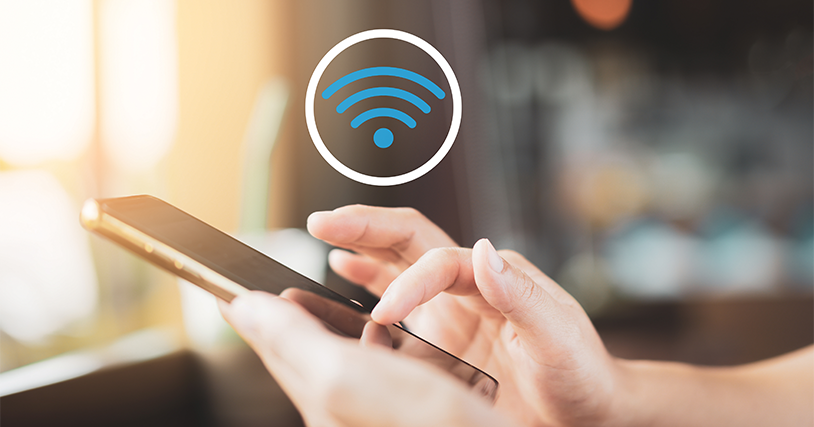
We’re all accustomed to having internet access on-the-go, no matter where we are. In stores, at restaurants, in airports, and on planes. A recent survey of US residents by DecisionData.org found that 82% of people will connect to any free Wi-Fi network while in public.
Many businesses offer free Wi-Fi to both customers and employees but struggle to provide connectivity in a way that adequately protects their users’ data privacy. And cybercriminals know it. Hackers use these public Wi-Fi networks to their advantage, for example creating a fake clone of the network to lure users to connect to it rather than the business’ network. They’ll then intercept data transmitted from laptop and mobile devices, which is often unencrypted.
Here are seven tips for providing Wi-Fi access to customers and employees across your locations in a way that minimizes security risks, safeguards data privacy and protects your business:
-
Deploy a Captive Portal―A Captive Portal is the “welcome” web page that appears before new users are granted broader access to a network. Captive Portals let customers know they have come to the right place and are on a legitimate network. Most Captive Portals also support additional layers of authentication (such as requiring users to enter a key or passcode).
-
Divide your networks―Separating Wi-Fi traffic between your private and public access can protect not only your users but also your business and data. Separate Guest Wi-Fi is the safest way to give your customers access to the internet through your existing network. Use a separate SSID (the technical term for a Wi-Fi network name) and password to grant access.
-
Apply Web Content Filtering―Protect your network from illegal or unsafe content downloads that can compromise your network. Filtering software restricts or controls the content a user can access. It can ensure that questionable content is prohibited from your access points.
-
Utilize Unified Threat Management (UTM)―UTM platforms consolidate multiple security functions into a single solution, such as firewalls, antimalware, antivirus, and anti-spam capabilities. UTM eliminates the need for numerous standalone products and ensures that customers using the Guest Wi-Fi have a more enjoyable experience.
-
Be wary of other SSIDs―Cybercriminals will often set up their own hotspots with a network name similar to the business they are targeting to divert traffic and steal data. Make sure your SSID is clear and consider putting it on signs inside your establishment, so guests know the exact name of the real Wi-Fi network.
-
Manage bandwidth―If you anticipate many users on your Wi-Fi network and high data usage, be sure that your internet service provider (ISP) does not have any bandwidth limits, like those related to Fair Access Policies, that may hamper your network’s performance. Fair Access Policies may prompt an ISP to limit one customer’s bandwidth in an attempt to provide equal service to its other customers.
-
Encourage guests to connect with a VPN―One of the best ways your guests can protect themselves online is through a Virtual Private Network (VPN). While many may associate VPN access with corporate networks and remote workers, VPN services are also available for personal use through such providers as ExpressVPN and Surfshark. A VPN connection encrypts user data and prevents private data from being seen and intercepted by others on a Wi-Fi network. VPN is by far the best way for customers to protect their browsing on public Wi-Fi.
With these seven tips, you can minimize security risks for your business and safeguard the data privacy of customers and employees, and still meet everyone’s expectations to be online and on-the-go while visiting your location.
If you are looking for a solution that not only covers the basics, but goes above and beyond to provide you and your customers with a top-notch Wi-Fi experience, learn more about Hughes Managed Wi-Fi.